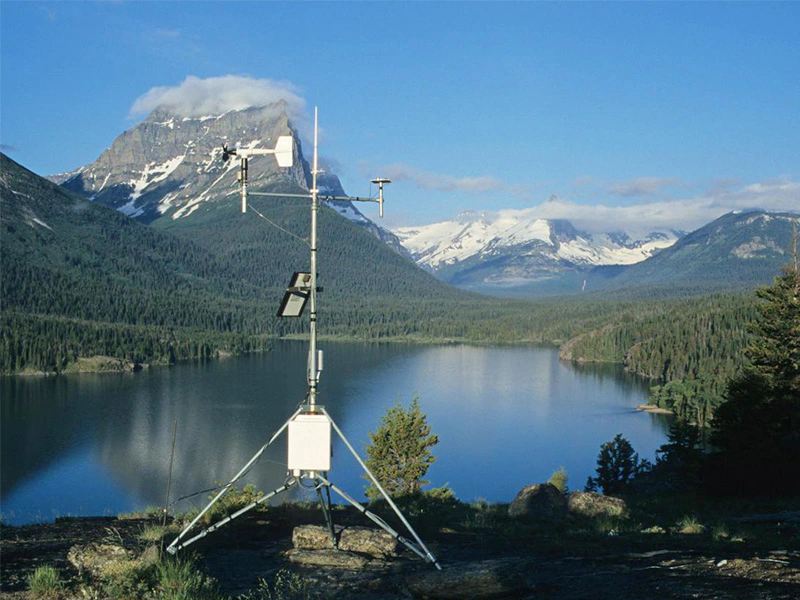
# Meteorological Station: Monitoring Weather and Climate Data
What is a Meteorological Station?
A meteorological station, also known as a weather station, is a facility equipped with instruments and sensors designed to observe and record atmospheric conditions. These stations play a crucial role in gathering data about weather patterns, climate trends, and environmental changes. Meteorological stations can be found in various locations, from remote rural areas to urban centers, and even on ships and buoys at sea.
Key Instruments at a Meteorological Station
Modern meteorological stations typically include several essential instruments:
- Thermometer: Measures air temperature
- Barometer: Records atmospheric pressure
- Hygrometer: Measures humidity levels
- Anemometer: Tracks wind speed and direction
- Rain gauge: Measures precipitation amounts
- Pyranometer: Records solar radiation
Types of Meteorological Stations
Meteorological stations come in different configurations depending on their purpose and location:
1. Surface Weather Stations
These are the most common type, installed at ground level to measure standard weather parameters. They form the backbone of national weather observation networks.
2. Upper-air Stations
Equipped with radiosondes (weather balloons), these stations collect data about atmospheric conditions at higher altitudes, crucial for weather forecasting models.
3. Automated Weather Stations
These unmanned stations transmit data automatically, often in remote locations where continuous human monitoring isn’t practical.
4. Agricultural Weather Stations
Specialized stations that focus on parameters important for farming, such as soil temperature and moisture levels.
The Importance of Meteorological Data
The data collected by meteorological stations serves numerous critical purposes:
- Weather forecasting and severe weather warnings
- Climate change research and monitoring
- Agricultural planning and crop management
- Aviation safety and flight planning
- Maritime navigation and safety
- Urban planning and infrastructure development
- Renewable energy production optimization
Challenges in Meteorological Monitoring
While meteorological stations provide invaluable data, they face several challenges:
Data accuracy: Instruments require regular calibration and maintenance to ensure reliable measurements.
Spatial coverage: Some regions, particularly oceans and polar areas, have sparse station networks.
Environmental factors: Stations must be carefully sited to avoid local influences that could distort measurements.
Technological limitations: While automation has improved data collection, power supply and communication issues can affect remote stations.
The Future of Meteorological Stations
Advancements in technology are transforming meteorological monitoring:
- Integration with satellite data for comprehensive coverage
- Development of miniaturized, low-cost sensors for dense networks
- Implementation of IoT (Internet of Things) technology for real-time data sharing
- Use of artificial intelligence for data analysis and quality control
- Increased citizen science participation through personal weather stations
As climate change becomes an increasingly pressing global issue, the role of meteorological stations in monitoring and understanding our changing atmosphere grows ever more vital. These stations provide the fundamental data that helps scientists, policymakers, and communities make
Keyword: meteorological station